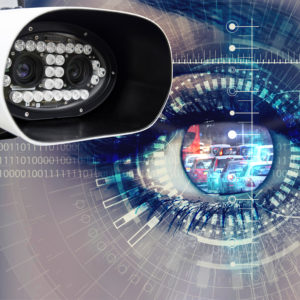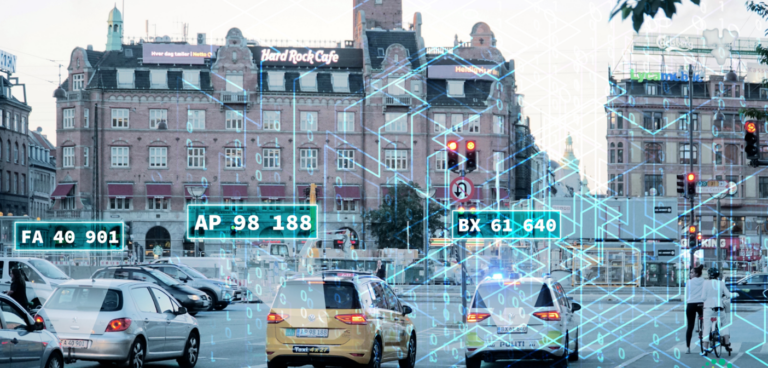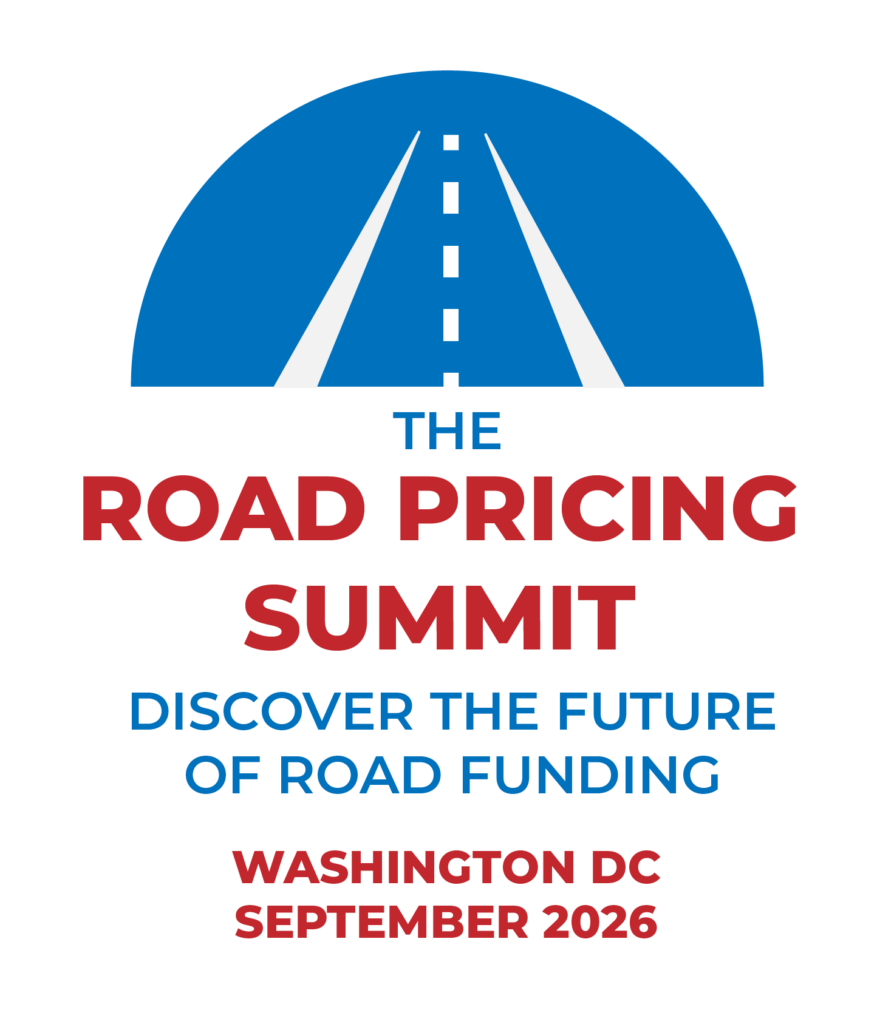Technological advancements in vision systems, coupled with enhancements in processing power, have revolutionised many aspects of our lives. The ability for computers to ‘see’ and ‘understand’ their surroundings and for applications to be created, and existing processes improved or automated, has gained momentum throughout the pandemic, resulting in an increased awareness of capability and an accelerated need for new solutions to be developed.
The mobility market is not immune from this and whilst we have historically relied upon a variety of vision-based systems, with a broad set of underlying applications already available across the ITS, RUC, road safety and parking sectors, government agencies are now beginning to understand, ‘see’ and invest in solutions that were unimaginable only a few years ago. Now that significant investment is being made directly by government agencies alongside the common-place, private sector investment of high growth, start-up companies within the mobility market, this highly lucrative marketplace has gained the attention of investors and has become increasingly complex to navigate with variants of phrases such as “using edge computing and AI providing situational awareness to cities at a fraction of the current cost” now adorning many funding-round press releases!
Agile organisations able to leverage the technology available – whether they are start-ups or existing suppliers able to pivot from the traditional ‘hardware-centric’ marketplace into the emerging areas where enhanced vision systems are able to revolutionise how a city, its mobility network and its users move – are the ones who will transform the market.
 Some of the segments within the mobility market were forced to transform as a result of the pandemic as we all lived, worked and moved differently. Topics such as “how do I better manage my curb infrastructure to balance the need of all users” or “how do I accelerate the transition into zero-emission infrastructure” were probably not the highest topics on the list of many cities or regions.
Some of the segments within the mobility market were forced to transform as a result of the pandemic as we all lived, worked and moved differently. Topics such as “how do I better manage my curb infrastructure to balance the need of all users” or “how do I accelerate the transition into zero-emission infrastructure” were probably not the highest topics on the list of many cities or regions.
But in a period where online deliveries have grown seismically (Uber Eats alone delivered US$30bn of food orders globally in 2020, doubling its 2019 figures!), city officials have had to reassess the challenges they will face in the years ahead, especially regarding the different modes of transport wanting to use their networks and how to better manage their infrastructure, make more informed decisions and provide value for money.
New schemes and initiatives, such as zero- and low-emission zones or kerbside management solutions, will rely extensively on the advances made in vision systems in order to optimise the productivity and value of the space. For years it has been known that kerbside space is a valuable resource, with some major cities generating in excess of US$100m in parking revenue each year. But how will this change in the years ahead, and how does this value get fairly assigned to the residents, businesses and operators from a road-user charging perspective? And what is the impact on road user safety as the adoption of e-scooter, cycling and pedestrian initiatives intersect with the more complex, vehicle dominated urban environment?
The advancements within imagery, and the corresponding quality, is not a panacea – as it brings with it different challenges especially in the context of GDPR and data privacy where previous generations of systems could not easily clearly identify individuals. Whilst today’s image sensor sensitivity enriches the data set and attributes that can be extracted from the images, this data needs to be carefully processed, as well as being treated with respect, to ensure continued compliance with the latest privacy requirements and, more importantly, gain the trust of the individuals who are ultimately the end-users.
At Neology, we understand the need for highly accurate, real-time solutions that support transport authorities to meet their evolving needs in the years ahead. Our underlying business capabilities have been built around the vision system market for decades and, coupling this capability with significant investment into the latest artificial intelligence solutions, has enabled us to solve emerging challenges for our customers.
In Denmark, our customer has taken advantage of our state-of-the-art vision systems and AI technology stack to help them deliver their low-emission zone programme across five regions. Following a joint thorough analysis of the problem, a holistic understanding of the underlying privacy environment and Neology’s ability to deliver in a highly-automated, cost-effective manner, our customer has exceeded their business-case objectives through the achievement of compliance rates exceeding 99.5%.





